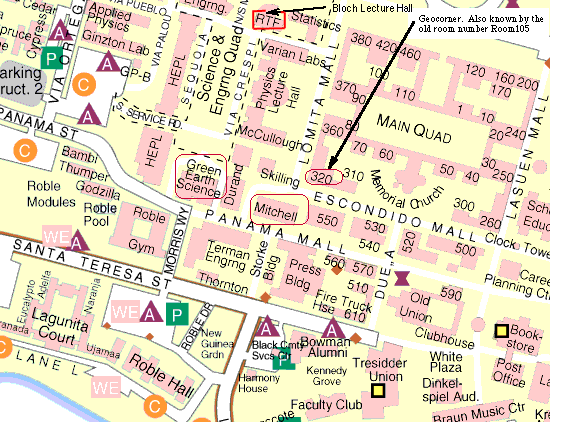see map
Anyone wishing to attend the lecture only is welcome at no cost.
This will be the 334th meeting since 1954.
Abstract
When considering natural hazards, the media and science primarily focus on the immediate and local repercussions of a hazard. For example, a recent New York Times article regarding the hazardous Mexican volcano Popcateptl shows varying danger zones surrounding the mountain. Mexico City falls within the ash fall danger zone, while more distant cities appear out of danger. Yet the economic fallout of Mexico City industry due to ash and the subsequent population migration would surely create consequences that reverberate far beyond the ash fall perimeter. Thus a comprehensive risk assessment for the Pacific Rim must not only examine the geologic hazard and the vulnerability of local infrastructure and human life, but must also analyze the underlying economic and cultural connections that could rattle through other regions of the world.By the middle of this century, nearly two billion people will live within a one-day overland commute of the Pacific Ocean, many living in megacities with more than 15 million inhabitants. At the same time, Pacific Rim globalization is building a shared economy that transcends political borders. In the future, this combination could magnify and extend the disruptive impact of earthquakes, volcanic eruptions, tropical storms, and other natural hazards common to the region.
To expand our understanding of natural hazard risk, the United States Geological Survey, Stanford University, the American Red Cross and the Circum-Pacific Council are partnering with other public and private organizations for a collaborative initiative entitled "Crowding The Rim." The initiative will address natural hazard risk in the Pacific Rim as a regional phenomenon, where risk will reflect not only physical proximity but also economic interconnectivity.
The evening will be punctuated by a walk-around wine tasting sponsored by Stags Leap Wine Cellars - one of the premier vineyards of the Pacific Rim - whose wine gains its essence from volcanic soils, themselves products of 3-5 million year old eruptive cataclysms of the Pacific Rim.
About the speakers

David Howell has been a member of the Circum-Pacific Council since 1978 and serves as the current treasurer. He joined the U.S. Geological Survey in 1974, and his principal areas of expertise include plate tectonics, terrane analysis, the origin and distribution of petroleum, basin analysis, geologic mapping, and the role of landslides in emergency and land-use planning. Howell is the project chief of the San Francisco Bay Region Project and the Geologic Division coordinator of the National Atlas project. He has authored more than 125 books and scientific journal articles and participated in the production of six educational videos. He has served as adjunct professor at Stanford Univ., Univ. of Otago, Univ. of Paris and is a concurrent professor at Nanjing Univ., P.R. China.
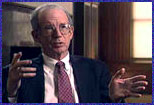
Donald Kennedy is president emeritus of Stanford University (1980-1992). He is the Bing Professor of Environmental Science and codirector of the Center for Environmental Science and Policy. On June 1, 2000 he became editor-in-chief of Science, the weekly peer-reviewed journal of the American Association for the Advancement of Science (AAAS). His present research program consists of interdisciplinary studies on the development of policies regarding such transboundary environmental problems as major land-use changes economically-driven alterations in agricultural practice, global climate change, and the development of regulatory policies.
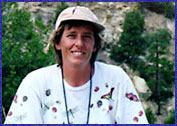
Robyn Wright Dunbar is Associate Director of the Center for Teaching and Learning at Stanford University, where she oversees programs and learning services for science and engineering departments. She is also Consulting Associate Professor in the Department of Geological and Environmental Sciences at Stanford. Before coming to Stanford in 1998, Dunbar served on the geology faculties at Rice University and the University of New Mexico. Her field geologic studies have led her from the sub-freezing Antarctic to the coastal desert of Peru. Much of her recent research has focused on the ancient coastal rock record of the Colorado Plateau. In addition to her university work, Robyn co-founded a summer outdoor science program for tribal youngsters in southern Colorado and she teaches numerous earth science courses for K-12 teachers and the general public.
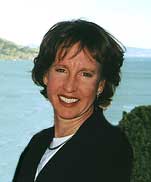
Suzanne Frew is an independent consultant specializing in partnership and strategic development, educational outreach and media communications. She served with the Federal Emergency Management Agency from 1990 through 1999. During her tenure Frew served as regional Mitigation Marketing and Education Program Manager, Public Affairs Officer, Federal/State contract negotiator and Project Impact Project Officer. Frew served on the management team for many disaster response and recovery operations throughout the Pacific Island jurisdictions and continental United States. She is currently an instructor at FEMA's Emergency Management Institute. Prior to joining FEMA Frew was an independent writer, producer, and director for corporate and documentary video production.
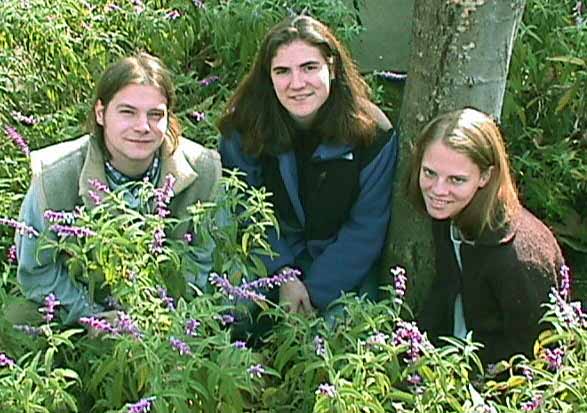
The CTR computer troika - Eric Yurkovich, Heather Goss, and Brynn Bemis
Reservations: The preferred way to make reservations is simply to email Willie Lee at whklee@ix.netcom.com by Friday, February 9, tell him you will attend, commit to pay, and bring your payment to the meeting. A check made to "PGS" is preferred.
If you want to pay in advance:
Stanford faculty and students: Please make dinner reservations by Friday, Friday, February 9. Contact Dr. Juhn Liou via his mailbox (and leave check), Geological and Environmental Sciences Office, Mitchell Bldg. (Rm. 138). Make checks out to "PGS."
All others, including faculty and students from other Bay Area universities and colleges and USGS: Please make dinner reservations by Friday, February 9. Contact Willie Lee, at USGS, MS-977, 345 Middlefield Rd., Menlo Park, CA 94025, phone 650-329-4781. Send check made out to "PGS" to Willie.
Dinner is $25.00. Includes wine (5:30 to 6:15 PM.), dinner (6:15-7:30 PM.), tax, and tip. Note: PGS does not make revenue on this price.

